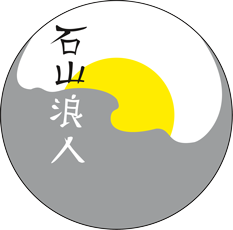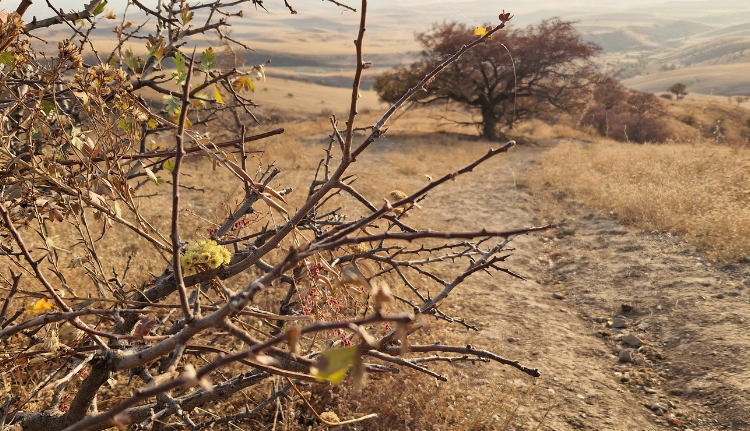Haiku Poetry: 9 Examples And 7 Tips For Writing, And More
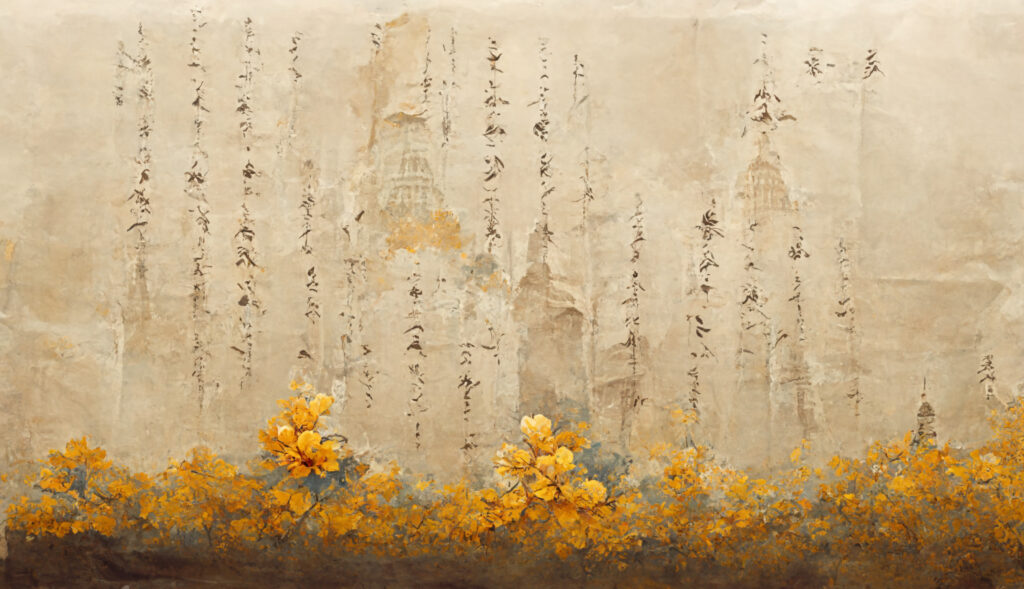
Haiku Poetry – Introduction
A warm welcome to our guide to the Haiku poetry topic. If you want to discover what is Haiku poetry and to see examples, or to get some advice for writing haiku poetry by yourself – this is the right place for you.
Before regarding examples and tips to write haiku by yourself, let us have a look what haiku poetry exactly is, and at its history of development.
Content
General Information About Haiku Poetry
What Is Haiku Poetry?
Haiku Poetry is a class of traditional Japanese short poems consisting of exactly three lines with 17 syllables in total. Often they capture transient moments in nature and deep emotions. Haiku poetry has its origin in Japan.

How Haiku Did Originate In Japan?
Haiku originally developed from the opening stanza of renga, a special kind of subsequent poems, aligned like a chain. These stanza were named hokku. At last in the 19th century haiku received its today´s name, characterized by Masaoka Shiki, who is regarded as the founder of modern haiku. Shiki revolutionized haiku poetry and separated it definitively from renga.
What Is The Topic In Haiku Poetry?
Traditionally haiku are concentrated on the description of natural phenomena and the joint emotional moments. This approach, made popular by Bashō, often reflects the inner world of the poet. In the course of time haiku has enlarged its thematic range and now comprehend also topics beyond nature.
What Are The Rules For Haiku Poems?
A haiku consits of three lines with 17 syllables set in a 5-7-5 pattern. There is no rhyme needed and no strict grammatical rules are necessarily kept. An essential element is the usage of “kigo” words, symbolizing a certain season. A classical haiku separates two ideas or images by means of a “kireji”, a parting word, sometimes with the effect of an exclamation.
Haiku Example By Ryōkan:
Carpets on the grass
During a night with no home –
Enriched by the moon.
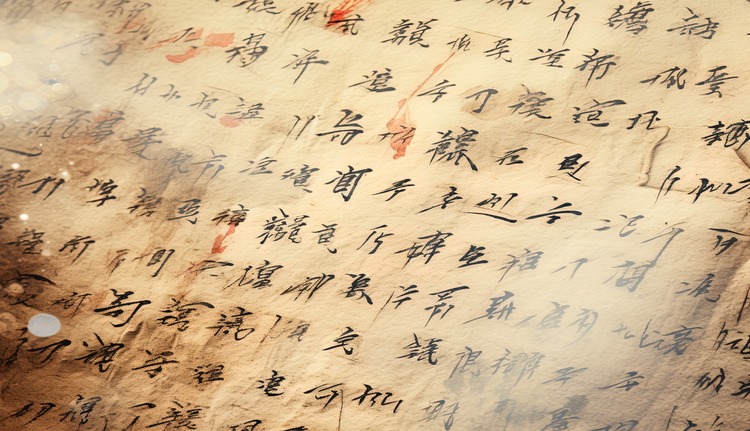
9 Examples For Haiku Poetry – By Famous Haiku Poets & Authors
1. Matsuo Bashō (1644-1694)
Bashō is regarded as the greatest haiku poet. His best-known poem, the “frog-haiku”, shows entirely the essence of haiku:
Quiet lies the old pond,
A frog is just jumping in –
Small splash of water.
2. Yosa Buson (1716-1784)
Buson, an important poet and illustrator in the Edo era, is well-known for his visual and sensual haiku:
Rapeseed blossoms wide!
The moon standing in the East,
The sun in the West.
3. Kobayashi Issa (1763-1828)
Issa, a Buddhist lay priest, wrote haiku characterized by charity and plainness:
Tenderly cool breeze,
However, with all its power –
The cricket chirring.
4. Masaoka Shiki (1867-1902)
Shiki renewed haiku poetry and is regarded as the creator of modern haiku. An example from his works:
Luffa blossoms bloom,
And I will be Buddha soon,
Breathless by sputum.
5. Example for a summer kigo:
Rain in the summer,
On a frog´s face pearl-glistening
Three drops of water.
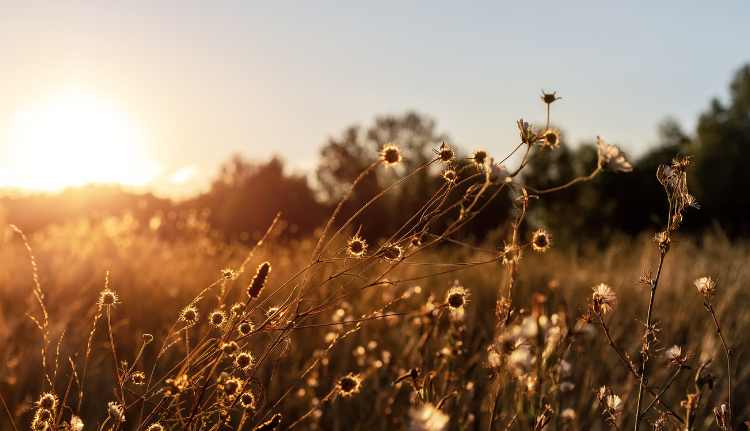
Modern Haiku
In the 20th century haiku was accepted also outside Japan. Literate avantgardes like Ezra Pound and the beat-generation, among them Allen Ginsberg, contributed their part to popularity. Today haiku is written worldwide and adapted to multiple languages, then often deviating from traditional patterns.
Kigo – “Seasonal Terms”
In Japanese culture the seasons are essential constituent items of living. Kigo is a word symbolizing a season, like cherry blossoms (sakura) for spring, or snow for winter. These words are of assistance to emphasize context and atmosphere of a haiku.
Haiku Poems For Various Occasions
Haiku can also be made for certain occasions or topics, like saying good-bye, love, or for children. Here are some examples:
 Haiku poems for saying good-bye:
Haiku poems for saying good-bye:
The train is leaving –
Behind the dimmish window
Some tears are flying.
 Haiku poems for love:
Haiku poems for love:
Mellow blossom leaves –
Within your dainty smiling
I just find the spring.
 Haiku poems for children:
Haiku poems for children:
In jolly gardens
Butterflies perform dances –
Cheerful laughing sounds.
 Haiku poems and Zen:
Haiku poems and Zen:
Zen Buddhism has a strong influence upon haiku poetry. Many haiku reflect Zen principles like plainness and mindfulness.
Example for a Zen haiku:
The temple empty –
Only the sound of the wind
In the leafy trees.
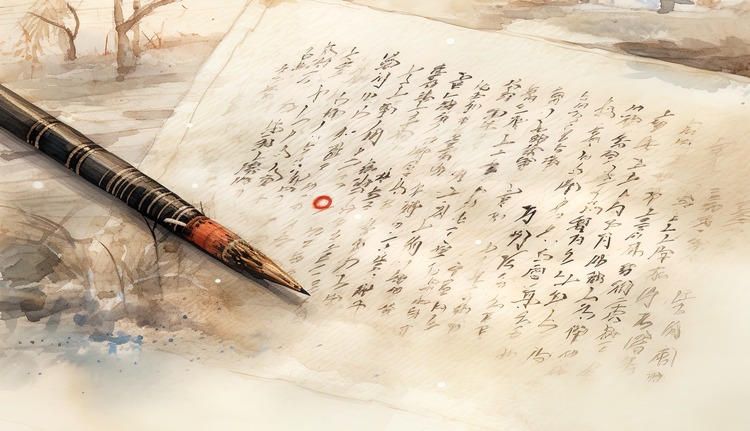
7 Tips For Writing Haiku Poems
 1. Read Haiku Examples
1. Read Haiku Examples
Before starting to write a haiku, read some examples in order to get a feeling for the form and imagery. Traditional haiku can serve as inspiring sources and help to understand the secondary meaning.
 2. Inspiration From Nature
2. Inspiration From Nature
Traditional haiku often focuse to nature. Let yourself get inspired by the environment, have an attentive look on details, and be aware of the feelings sparked within yourself.
 3. Take Care Of The Patterns
3. Take Care Of The Patterns
A haiku should consist of three lines, with the second one longer than the other ones. Use the present tense to make the moment “live”, and use a kigo to insinuate a season.
 4. Choose A Picturesque Language
4. Choose A Picturesque Language
Use a picturesque language in order to give meaning and depth to your haiku. The last line should contain a surprising change or a deeper sense.
 Example for a modern haiku:
Example for a modern haiku:
Rainbow beam –
A bird tweeting loudly
About the rain.
 5. Expressing feelings:
5. Expressing feelings:
Although haiku often describe natural phenomena, it is a matter of fact to express aligned feelings. The haiku is meant to emotionally reach the reader and stimulate him to reflect.
 6. Plainness and clearness:
6. Plainness and clearness:
A haiku is vivid by its plainness. Avoid complex words and concentrate yourself to transport clear, concise images.
 7. Practice makes perfect:
7. Practice makes perfect:
Writing of haiku demands exercise. Write frequently and dare to make experiments with various topics and structures in order to find your individual style.

Summary
Haiku poetry is composing small poems with three lines with 17 syllables in total. They feature the unique possibility to characterize transient moments and emotional experiences with only a few words. By using strict structural patterns and nature-born images they create a deep relation between the poet and his environmental world. With the right skills and some exercise everyone can learn the art of haiku poetry and create own impressive and emotionally touching poems.
FAQ: Frequently Asked Questions About Haiku Poetry
How is a haiku poem composed?
A haiku consists of three lines with a syllable arrangement of 5-7-5 and often describes a moment of perception, or features of nature.
What is Haiku? Famous Haiku Poets
Haiku are short poems catching a scene or an emotion by means of only few words. Examples are found in the works of Bashō, Buson, Issa, und Shiki.
What are the special features of haiku?
The special features of haiku are the brevity, and the ability to transfer deep emotions and images by means of only a few words.
What is the shortest kind of poem worldwide?
The haiku is regarded to be the shortest kind of poetry worldwide, with only 17 syllables over three lines.
How is a 5-7-5 haiku created?
A 5-7-5 haiku consists of three lines: the first and the third one are words with totally 5 syllables each, the medium one words with totally 7 syllables.
How haiku is correctly pronounced?
Haiku is pronounced “hai-koo”, in order to meet the original Japanese pronuntiation.
Haiku poetry in the Elementary School
Haiku are a as well a wonderful method to bring poetry already to young children. By means of their simple structure and focusing nature and emotions children can learn to express their thoughts and feelings in a very creative matter.
Famous haiku poems about love
Love is a frequent topic in haiku poetry, because the poems can express deep emotions with only few words.
Example:
Mellow blossom leaves –
Your sweet smile makes tenderly
My day enlightened.
Nature-related example of haiku
Nature is the central topic of many haiku poems. Here is one more example catching the beauty and the plainness of nature:
Example:
Autumn leaves falling –
The breeze already cool
Bears away my heart.
Haiku In Various Cultures
While haiku has its origin in Japan, it was adapted and varied all over the world. In Europe the spreading of haiku poetry began in the 20th century, and since then has found many followers.
Haiku and Buddhism
Der Buddhism, especially Zen Buddhism, had strong influence on haiku poetry. Many haiku refelct Buddhist principles and catch moments of mindfulness and of the modest way of life.
Example for Buddhist haiku:
Carpets on the grass
During a night with no home –
Enriched by the moon.
